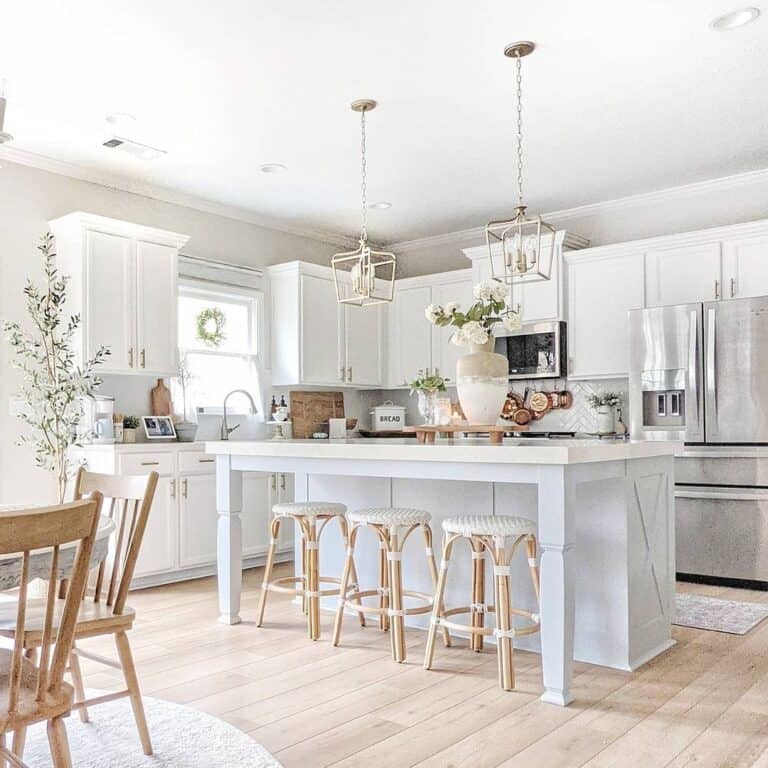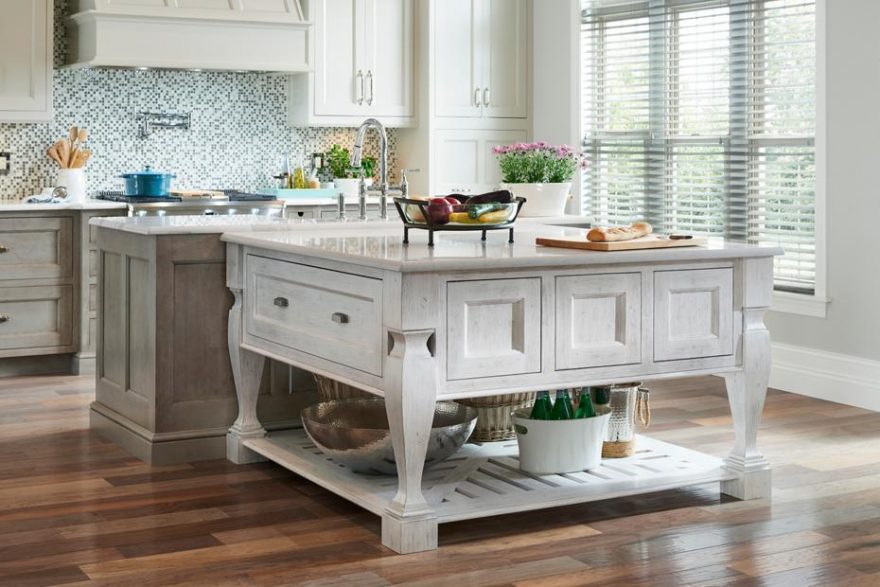Include Security and Beauty with Tough Legs For Kitchen Island Setups
Include Security and Beauty with Tough Legs For Kitchen Island Setups
Blog Article
Crucial Variables to Take Into Consideration When Picking Legs For Kitchen Area Island
Picking the proper legs for a kitchen island includes a mindful evaluation of numerous elements that can dramatically influence both performance and aesthetic charm. As we discover these elements, it comes to be clear that each decision can have significant effects for the overall kitchen area experience.
Product Options
When selecting legs for a kitchen area island, recognizing the various product alternatives is important for accomplishing both visual appeal and structural honesty (Legs For Kitchen Island). The selection of material considerably affects not just the resilience of the island yet likewise its total design and performance
Wood is a popular option, offering warmth and flexibility. Strong woods, such as oak or maple, offer toughness and can be tarnished or repainted to match the cooking area style. Steel legs, commonly made from stainless steel or functioned iron, contribute a modern and industrial feel while guaranteeing toughness and security. These products are immune to put on and can sustain considerable weight, making them optimal for bigger islands.
One more option is engineered products, like MDF or plywood, which can be extra cost-efficient while still using a series of surfaces. However, they may not give the very same level of stability as strong timber or metal. Last but not least, products such as acrylic or glass can create a modern appearance, though they may call for added support to ensure security.
Eventually, the selection of product for kitchen area island legs should straighten with the preferred functionality and the total theme of the cooking area.
Design And Style

When taking into consideration design, the form and finish of the legs are crucial. Tapered legs can offer a sense of lightness and beauty, while thicker, much more robust legs can communicate stamina and stability. Additionally, the finish-- be it painted, stained, or all-natural-- should enhance the kitchen cabinetry and kitchen counter products to develop a unified appearance.
Additionally, the style of the legs can also reflect individual preference. Personalized or attractive legs, such as those including elaborate carvings or unique geometric forms, can work as centerpieces, adding character and individuality to the cooking area. Eventually, the best choice will certainly not just improve functionality yet additionally raise the aesthetic allure, making the kitchen area island a standout function of the home.
Height Factors To Consider
Selecting the appropriate elevation for kitchen area island legs is essential, as it straight affects both functionality and convenience. The common height for a cooking area island normally ranges from 36 to 42 inches, straightening with typical countertop elevations. A 36-inch height is excellent for cooking and cooking, enabling comfortable usage of kitchen area devices and tools. Alternatively, a height of 42 inches is often liked for islands intended for bar seats, accommodating taller feceses and offering click here for info a laid-back dining experience.

It is likewise vital to account for customers' choices and heights. Customizing the elevation can guarantee a comfortable experience for all relative, making the cooking area island a much more pleasurable and useful room.
Weight Support
Ensuring ample weight assistance for kitchen area island legs is vital for both safety and security and performance. The cooking area island typically serves several purposes, consisting of cooking, eating, and additional storage, demanding a robust assistance structure. When choosing legs, it is crucial to think about the overall weight capability called for based on the island's meant usage and the materials that will certainly be put on it.
The option of product for the legs plays a significant function in their weight-bearing capacities. Solid timber, steel, and heavy-duty composites usually provide remarkable toughness compared to lighter materials. In addition, the design of the legs-- whether they are straight, tapered, or have a pedestal type-- can affect their ability to distribute weight successfully throughout why not check here the structure.
Furthermore, the leg positioning need to be strategically prepared to improve security. Legs placed at the edges or with a wider base can better support much heavier lots. Constantly speak with the producer's specs pertaining to lots limits to guarantee that the legs can sustain the designated weight without jeopardizing security. In recap, picking cooking area island legs with ample weight assistance is essential for creating a safe and functional cooking room.
Installment and Upkeep
Appropriate installation and maintenance of cooking area island legs are essential for making sure durability and stability. To start, it is vital to comply with the manufacturer's standards throughout installment. This usually involves securing the legs to the space station utilizing suitable bolts, making sure that the legs are level and aligned. Utilizing a degree tool can help stop tottering and enhance the general visual allure of the cooking area island.
Once mounted, regular upkeep is necessary to protect the integrity and appearance of the legs - Legs For Kitchen Island. For wood legs, periodic cleansing with a damp cloth and application of appropriate timber polish can stop moisture damage and keep their finish. Metal legs might require a gentle cleansing solution to eliminate oil and grime, complied with by a completely dry cloth to avoid corrosion development
Additionally, examine the legs consistently for signs of wear or damage, such as fractures or loose joints. Tightening screws or bolts as required can likewise lengthen the life-span of the legs. By sticking to these installment and upkeep practices, homeowners can guarantee that their kitchen area island stays durable and visually appealing for many years to find.
Final Thought

Visual comprehensibility is paramount in selecting the style and layout of legs for a cooking area island, as these elements significantly influence the general setting of the room. Conical legs can provide a sense of lightness and sophistication, while thicker, extra durable legs can share strength and security.Choosing the ideal elevation for kitchen area island legs is critical, as it straight impacts both performance and comfort. In summary, choosing kitchen island legs with sufficient weight support is essential for creating a functional and safe culinary space.
In conclusion, selecting legs for a kitchen island demands mindful factor to consider of numerous variables, consisting of material choices, style, height, weight assistance, and installment.
Report this page